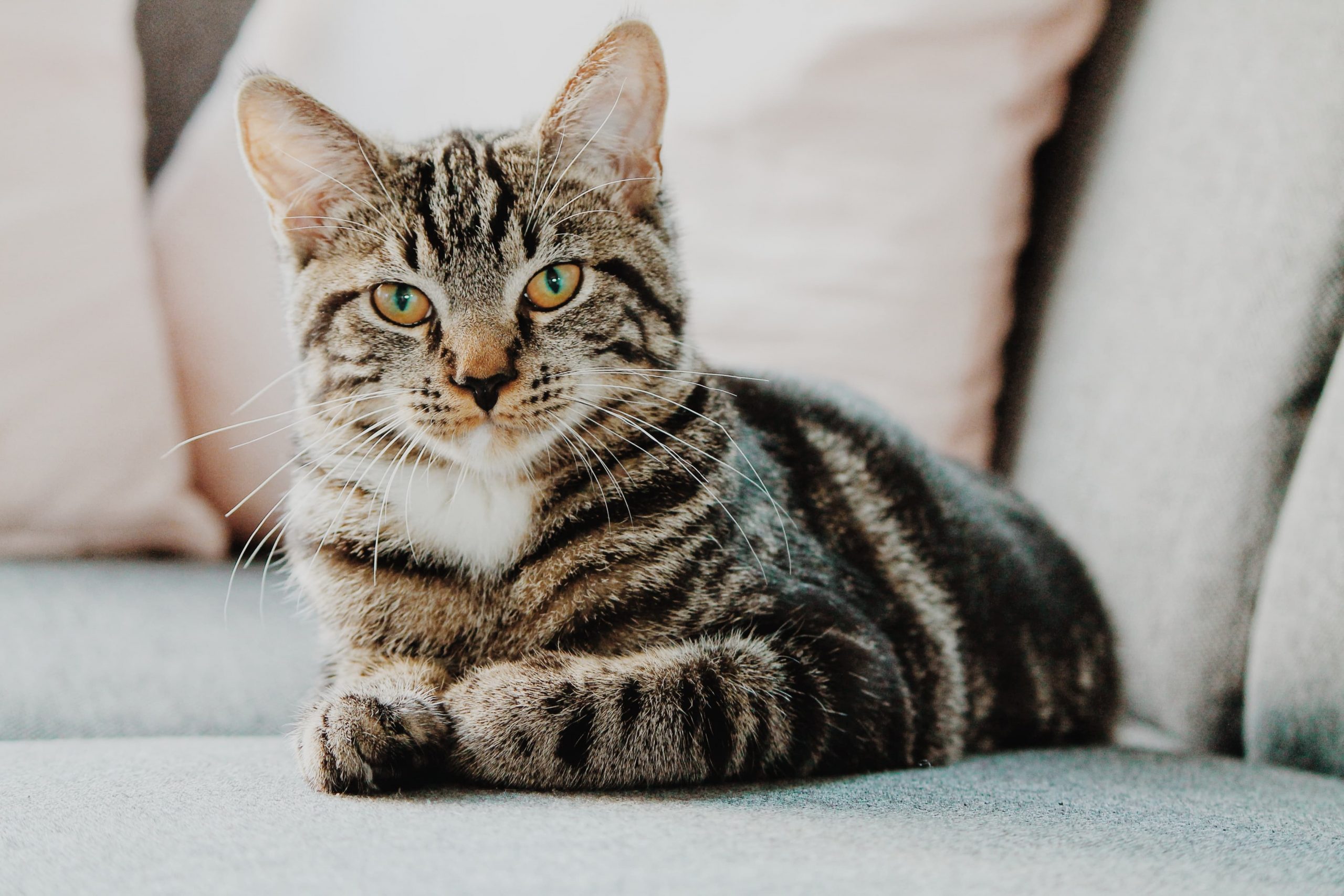From the instantly recognisable markings of wild cats to the remarkable patterns on our pet cats, scientists have identified the gene that determines the patterns and markings on felines.
New Scientist reports that experts at the HudsonAlpha Institute for Biotechnology in Huntsville, Alabama, have explored the genetics behind the wide range of cat markings. When born, newborn cats, whether the humble tabby or the spotted leopard, retain the same pattern and colour of their fur for their entire lives.
The researches in the US found that behind the patterns seen on cats is a signalling molecule that is encoded by the gene Dkk4, and differences in the molecule while the cat is in the developing embryo stage lead to the patterns seen in a variety of felines, such as leopards, tigers, and cheetahs.
It means it is theoretically possible to use this information to design cats with specific patterns. However, the lead author of the study, Professor Gregory Barsh has warned against the idea, saying: “I’m not very excited about promoting a mechanism to allow people to make designer cats if it comes at the expense of animal health.”
Scientists have long been fascinated by the evolution and process behind the beauty of wild and pet cats, and Professor Barsh wanted to track the movement of these patterns as they begin to develop, discovering that it is while the embryo is still developing.
Professor Barsh added: “Our results bring molecular understanding to how the leopard got its spots. They suggest similar mechanisms underlie periodic colour pattern and hair follicle spacing and identify targets for diverse pattern variation in other mammals.”
For example, cheetahs are born with the same number of spots as they will have in adulthood. They just grow in size.
“However, the biology underlying mammalian colour pattern has long been a mystery, one in which we have now gained new insight using domestic cats.”
Is your pet cat chipped? Always remember to update your cat microchip with any change of circumstances.



